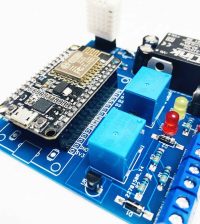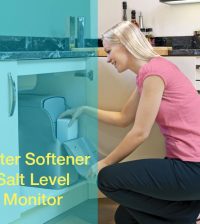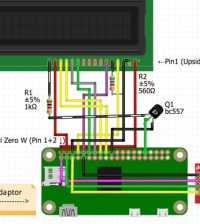- makeITcircular 2024 content launched – Part of Maker Faire Rome 2024Posted 2 weeks ago
- Application For Maker Faire Rome 2024: Deadline June 20thPosted 2 months ago
- Building a 3D Digital Clock with ArduinoPosted 7 months ago
- Creating a controller for Minecraft with realistic body movements using ArduinoPosted 7 months ago
- Snowflake with ArduinoPosted 8 months ago
- Holographic Christmas TreePosted 8 months ago
- Segstick: Build Your Own Self-Balancing Vehicle in Just 2 Days with ArduinoPosted 8 months ago
- ZSWatch: An Open-Source Smartwatch Project Based on the Zephyr Operating SystemPosted 9 months ago
- What is IoT and which devices to usePosted 9 months ago
- Maker Faire Rome Unveils Thrilling “Padel Smash Future” Pavilion for Sports EnthusiastsPosted 10 months ago
Open source RMADS code for Matlab to find the best 3D printing solution

Now that the dust from the desktop 3D printing explosion has settled, one thing has become clear: desktop 3D printing is fantastic, but DIY part design comes with a huge learning curve. Even experienced users regularly run into design challenges and issues surrounding materials and costs. But there is a solution. British researchers from Newcastle University have just shared their own open source RMADS code for Matlab, which consists of a detailed 3D printing advice system that helps users find the best and most cost-effective 3D printing solution.
RMADS stands for ‘Rapid Manufacturing Advice System’, and is completely aimed at those non-expert users that want to explore some 3D printing alternatives but simply don’t have the technical know-how to reach a satisfactory result.
In a nutshell, RMADS provides a built-in logic system that creates multi-criteria rankings for processes, materials and cost alternatives. As Newcastle University’s Javier Munguia revealed, the code was originally written for various EU design projects, such as KARMA and AFOOTPRINT. The latter project, from 2014, used the code to generate and 3D print the most accurate custom foot supports for patients with disabling foot and ankle conditions.
However, Munguia was quick to add that this is not a PDM software, or an automatic quoting system for 3D printing services. “Instead, you can think of RMADS as a front-end piece of software that has the capacity to help non-expert users explore all the possible 3D printing options for a particular component,” he explains. “The code makes use of ‘relational databases’ which compare your component’s requirements with the 3D printing process and materials properties stored in the system.”
This allows for users to make an initial screening of their 3D printing plans and capacity, and select alternatives from a shortlist of options – made by comparing available material properties and costs. The cost algorithm itself was developed using ‘Neural Networks’, which allows it to base suggestions on historic results.
While RMADS thus requires users to adapt the code to their own needs, it definitely has the potential to make the entire 3D printing process far more effective – especially in environments with access to multiple 3D printers. If you’re interested, you can download the code from GitHub here (Open License). To get it running, you will need a version of MatLab or another code-converting app, and need to tweak the code a bit for your own needs. Demonstration videos for RMADS are here: 3ders.org














